Android Auto: Google's head unit for cars explained
We test drive Android Auto and go in-depth
How do you control Android Auto?
Stow that Android phone. Google's in-car operating system has three alternative methods to controlling your smartphone:
Voice commands

Google's voice commands are the easiest way to go about the menu system hands-free. Tap the microphone icon in the top right corner to make calls, get directions, reply to texts and listen to music. You can even ask Google general knowledge questions as you drive along.
Physical buttons, knobs and dials
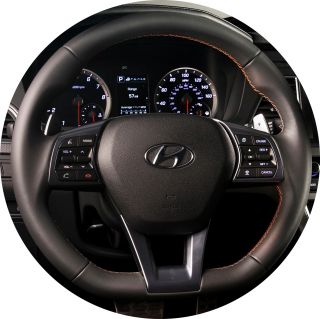
Like with Apple CarPlay, Android Auto can be used with whatever controls your car already has, be that buttons on the dash, buttons on the steering wheel, or a touch-sensitive display.
Pressing the voice command button on the steering wheel, often right below your thumb, can be easier and less distracting than reaching over and tapping the on-screen microphone.
Standard buttons and control knobs will also work, and relevant functions, like next and previous track, automatically pass onto Android Auto.
Touchscreen
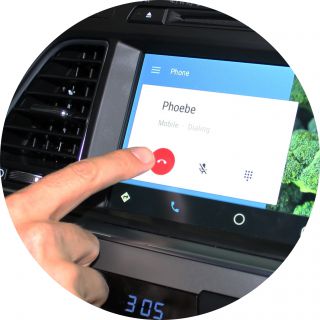
Cycling through the Android Auto menu using the touchscreen is ideal for when the car isn't in motion. Yet it's simple enough to tap directly on what you want even when you're in a bind. Remember, this is a simplified version of your Android phone, so should quickly become familiar.
Android Auto vs Apple CarPlay
Android Auto and Apple CarPlay both offer a similar experience, projecting a cleaner version of their smartphone operating systems onto a car's head unit.
Sign up for breaking news, reviews, opinion, top tech deals, and more.
The differences are subtle, but arguably favorable to Android Auto owners, as long as you own a phone that belongs to Google's popular platform.
Android Auto's home screen is a bit smarter with Google Now, an idea Apple hasn't been able to replicate just yet. Google Now, with its suggestions of where to go based on your calendar and habits, helps Android Auto feel more personal and more closely tailored to you, whereas CarPlay does not.
The menu colors and animations of Android Auto are also a little brighter and bolder compared to the darker, more subdued theme on CarPlay.
Then, of course, there's the fact that Android Auto includes the more desirable Google Maps navigation. While Apple is open to third-party apps, Google Maps is not one of them. iPhone users are stuck with Apple Maps instead.
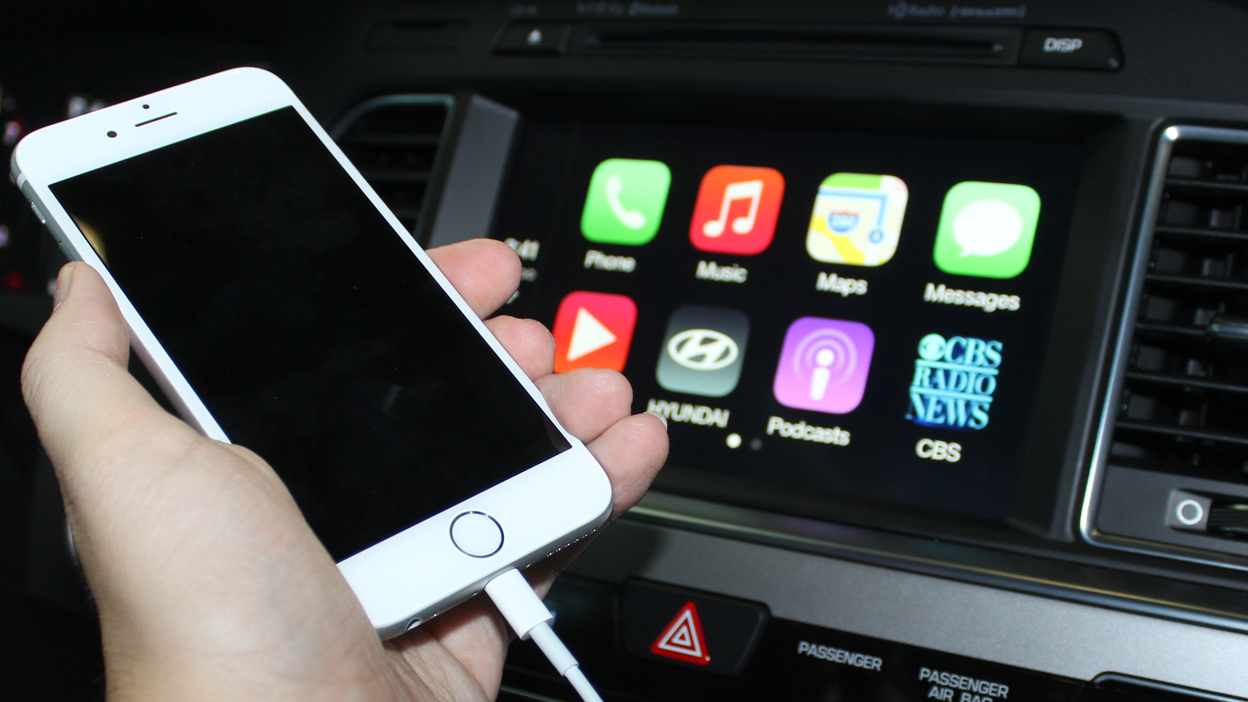
Which cars support Android Auto?
Over 400 models of car currently support Android Auto, from more than 40 manufacturers.
Chances are - with the notable exceptions of Jaguar Land Rover, Bentley and Ferrari - you will struggle to name a new car sold today which doesn’t include Android Auto, either as standard or an optional extra.
According to Google, the system is coming to Jaguar and Land Rover vehicles soon.
Which phones support Android Auto?
All smartphones running Android 5.0 Lollipop or higher run Android Auto when connected via USB cable to a compatible vehicle.
Because Android Auto runs on your phone, using its processor instead of the car’s, the performance can vary. Plug in an older phone and the system won’t be as smooth as when you use a Google Pixel 2, or Samsung Galaxy S9, for example.
Android Auto aftermarket solutions
As with CarPlay, Android Auto can be fitted to older cars by buying an aftermarket stereo. Counterintuitively, it is more likely that an older car can be upgraded to run Android Auto than a newer model.
This is because older cars (think the early-2000s and older) used standard-sized stereos which could easily be taken out and swapped for a newer and better model, whereas newer vehicles have more shapely dashboards which cannot accommodate a rectangular head unit.
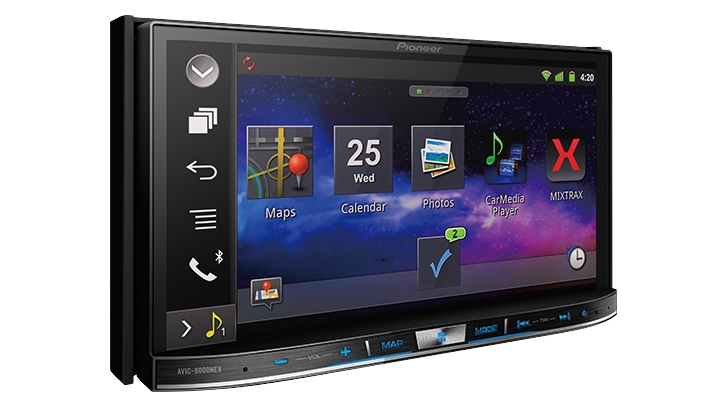
Manufacturers like JBL, JVC, Pioneer and Kenwood all sell stereos with Android Auto - plus, in many cases, Bluetooth, DAB radio and Apple CarPlay.
Can I add Android Auto to my current car?
You're typically stuck with the software that ships with your factory system most of the time. However, Ford, Hyundai and Kia offer free software upgrades to some older vehicles that add Android Auto connectivity.
These companies announced new vehicles with Android Auto, but previous models came with the same infotainment system hardware. Hyundai and Kia released free software updates for select 2014 and newer vehicles while Ford is working on bringing Android Auto to all vehicles with SYNC 3.
If your car isn't in Ford, Hyundai or Kia's list, new hardware is required, unfortunately.
Are we there yet?
Google Maps is over 10 years old. It quickly unseated MapQuest as everyone's favorite way to print out directions on the computer. Remember those days?
It continues to dominate today as an app, becoming one of the world's most popular phone apps even though it hasn’t come pre-installed on iPhones since iOS 7 way back in 2013.
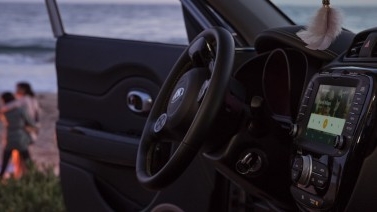
Android Auto represents the next ten years for Google Maps, with navigation where we need it most: preventing distracted drivers who pose a danger on the road.
Hands-free directions, calls, messaging and music controls are powered by a familiar and easy-to-use Google Now interface, which in 2018 was upgraded with the power of Google Assistant.
It's a winning combination over using manufacturer's vanilla nav systems. Google just needs to convince all car makers to park their coveted, yet often inferior systems and embrace the software many drivers are already carrying around in their pockets.
Current page: Controls, compatibility and CarPlay comparisons
Prev Page Maps, messages, music, calls and Google Assistant
Alistair Charlton is based in London and has worked as a freelance technology and automotive journalist for over a decade. A lifelong tech enthusiast, Alistair has written extensively about dash cams and robotic vacuum cleaners for TechRadar, among other products. As well as TechRadar, he also writes for Wired, T3, Forbes, The Independent, Digital Camera World and Grand Designs Magazine, among others.